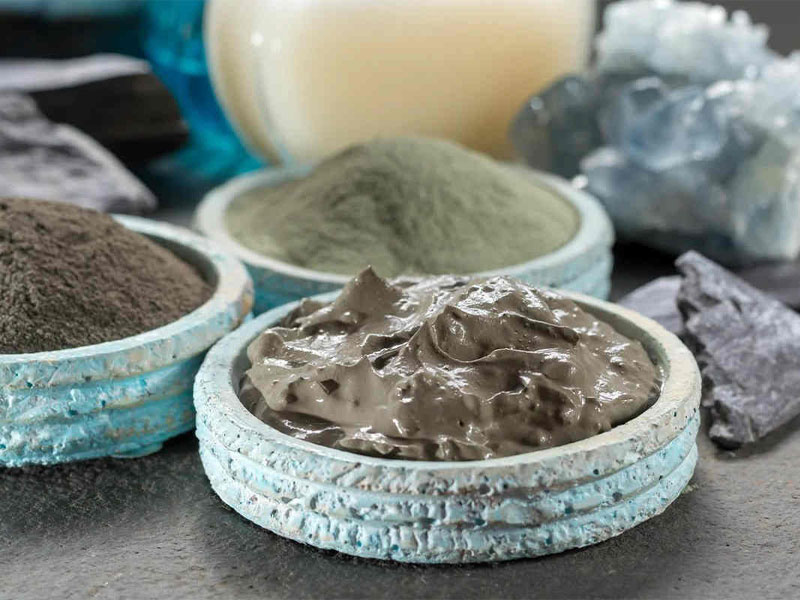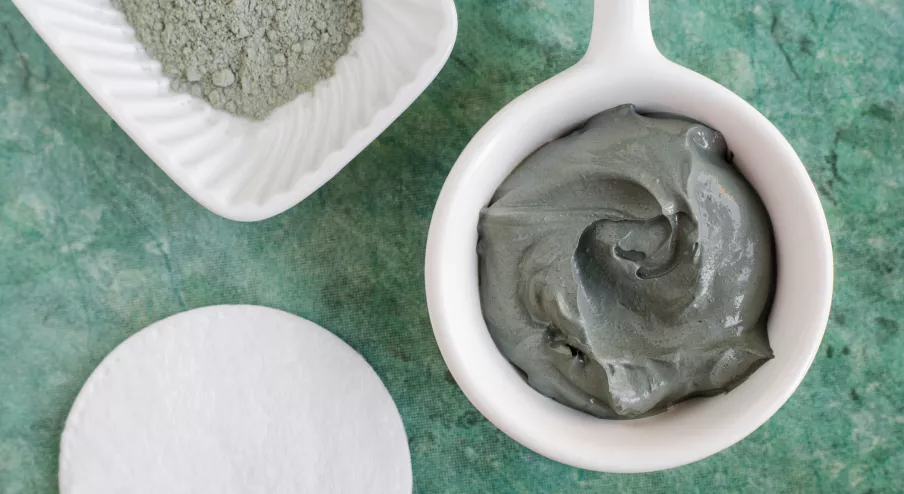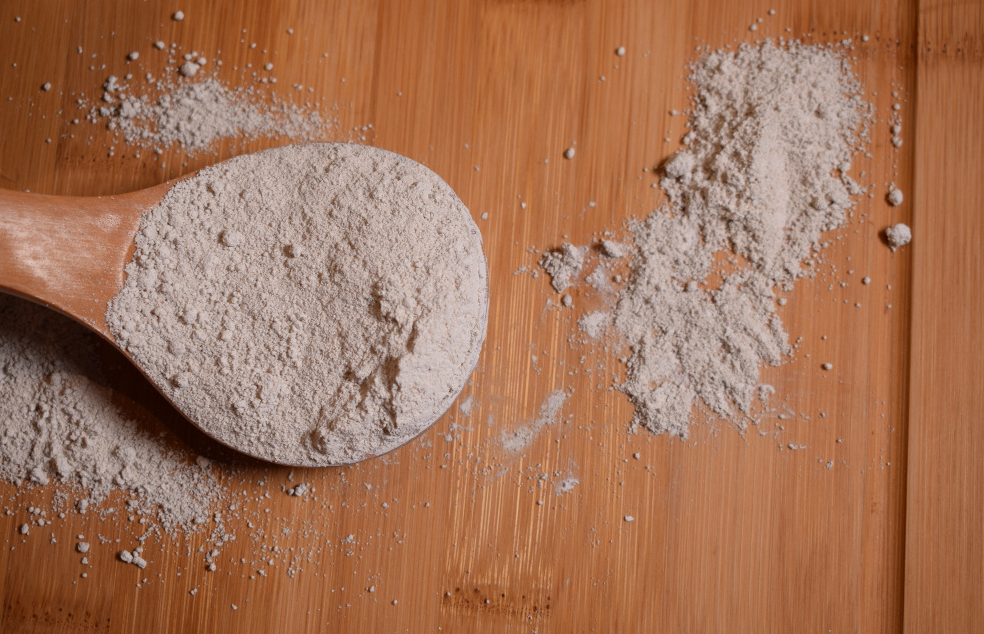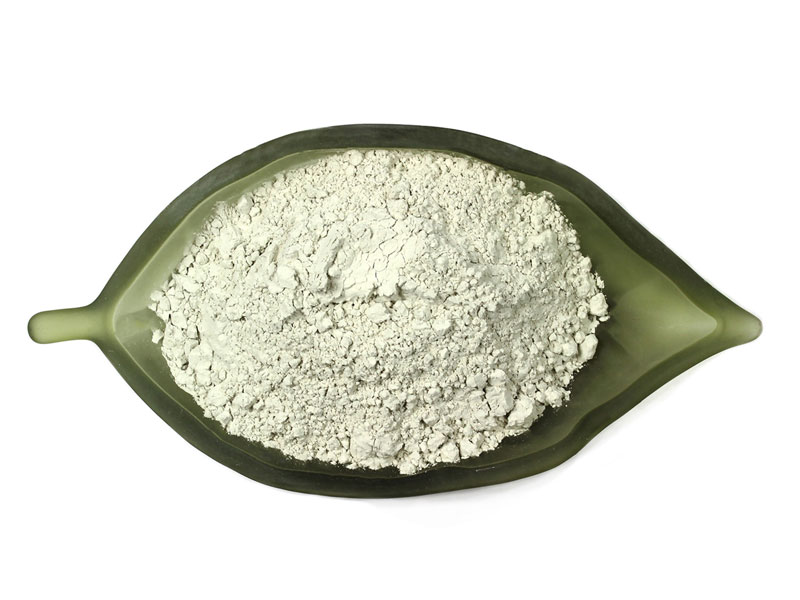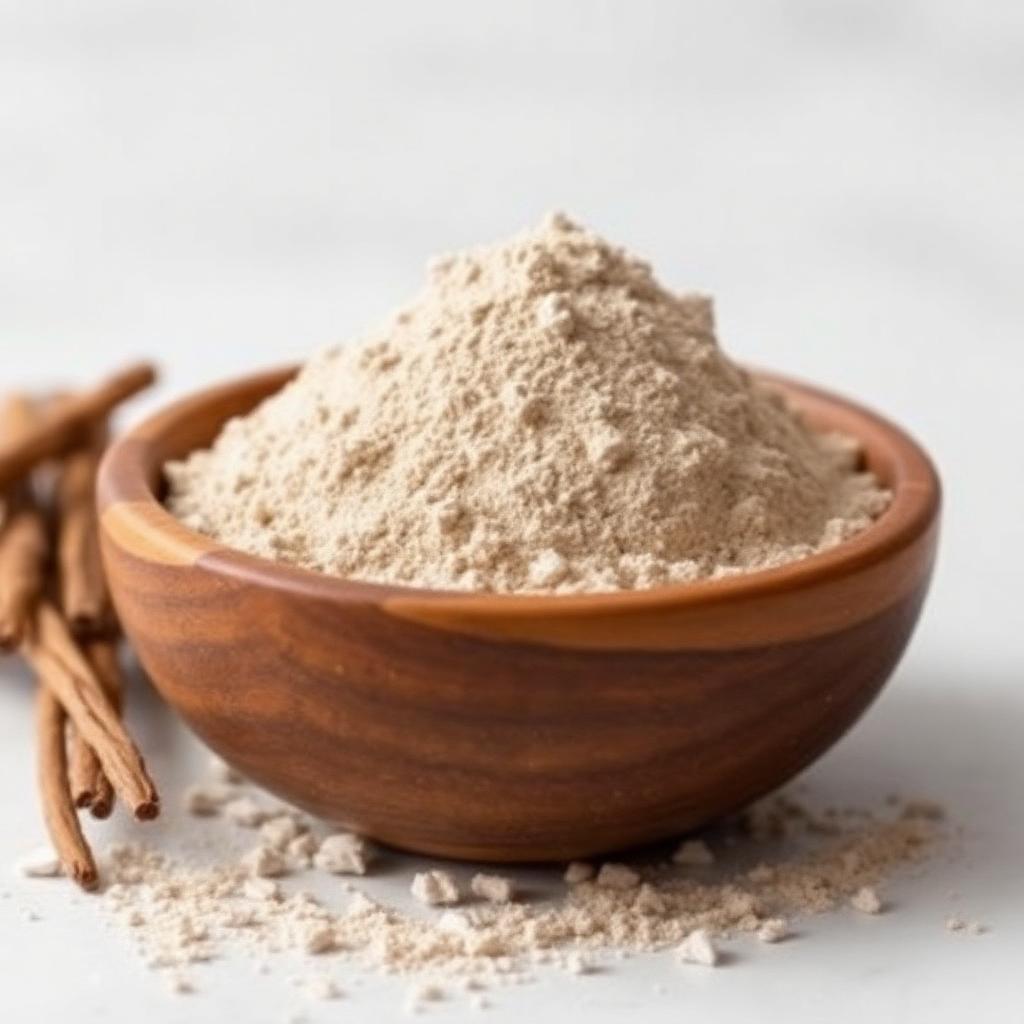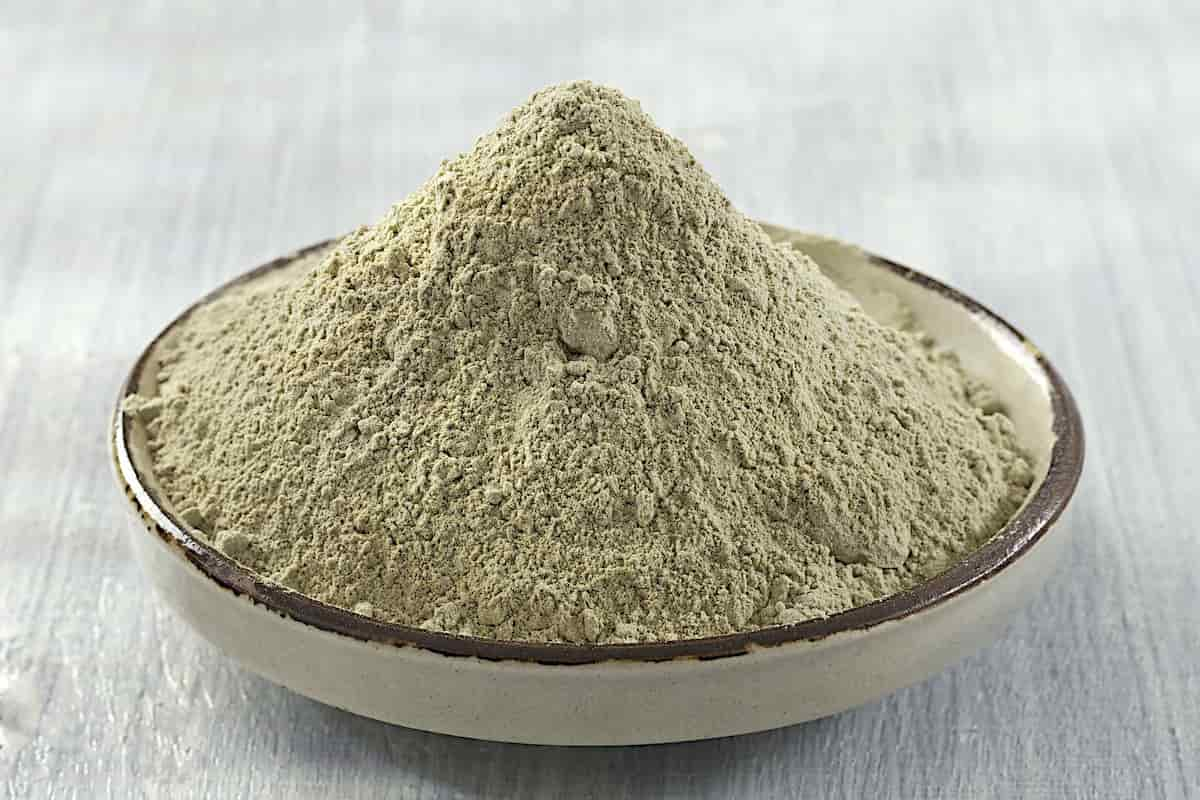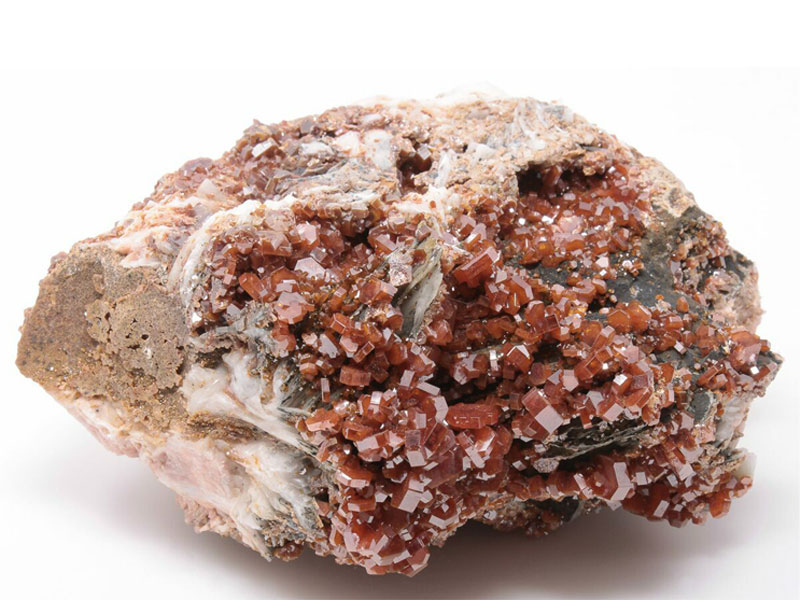Historical Roots
The term “kaolin” finds its roots in ancient China, where it was first discovered and used. The word itself is derived from the Chinese word “gaoling,” meaning high ridge or high hill, a nod to the places where this unique clay was often found.
Beyond linguistics, the historical significance of kaolin in Chinese culture cannot be understated. It was revered not just for its practical applications but also for its association with purity and spirituality.
Geological Discovery
Kaolin is a naturally occurring clay mineral found in abundance worldwide. Its extraction process involves careful mining and meticulous refinement. The clay’s unique properties, such as its fine particle size and pure white color, make it a sought-after resource.
Read More: Bentonite
Kaolin in Industries
The versatility of kaolin extends across various industries. In ceramics, it serves as a crucial component, enhancing the quality of the final product. Additionally, the paper industry relies on kaolin for its ability to improve paper’s brightness and printability. Surprisingly, kaolin is also a staple in the cosmetics world, gracing skincare and beauty products with its natural goodness.
Kaolin Mining Practices
While the demand for kaolin is substantial, responsible mining practices are gaining traction. Sustainable methods are being developed to minimize environmental impact, ensuring that the Earth’s resources are utilized conscientiously.
Global Distribution
The geographical distribution of kaolin deposits is diverse. From China to the United States, each region’s kaolin carries unique characteristics. This global spread has economic implications, influencing trade and regional development.
Kaolin’s Influence on Art
Artists have long recognized the value of kaolin in their creations. Its use in traditional pottery and contemporary art showcases the material’s adaptability. Renowned artists incorporate kaolin into their work, adding layers of meaning and texture to their masterpieces.
Kaolin in Medicine
Beyond the realm of art and industry, kaolin has historical ties to medicine. From ancient remedies to modern pharmaceuticals, the clay has found applications in various medical practices.
Kaolin’s Unique Properties
What makes kaolin stand out among other minerals? Its distinct properties, including high plasticity and whiteness, contribute to its widespread use. The chemical composition of kaolin also plays a role in its diverse applications.
Read More: Wikipedia
Kaolin Production Process
The journey from raw kaolin to the refined product involves several steps. Technological advancements have streamlined the production process, making it more efficient and environmentally friendly.
Challenges and Controversies
As with any industry, kaolin mining faces challenges and controversies. Environmental concerns and labor issues have sparked debates, prompting the industry to reassess its practices and responsibilities.
Sustainable Practices
In response to challenges, the kaolin industry is embracing sustainable practices. Innovations are underway to ensure that kaolin extraction and production align with environmental and ethical standards.
Future Trends
Looking ahead, the future of kaolin holds exciting possibilities. Emerging uses in technology and medicine hint at a dynamic and evolving industry. Technological advancements will likely shape the trajectory of kaolin applications.
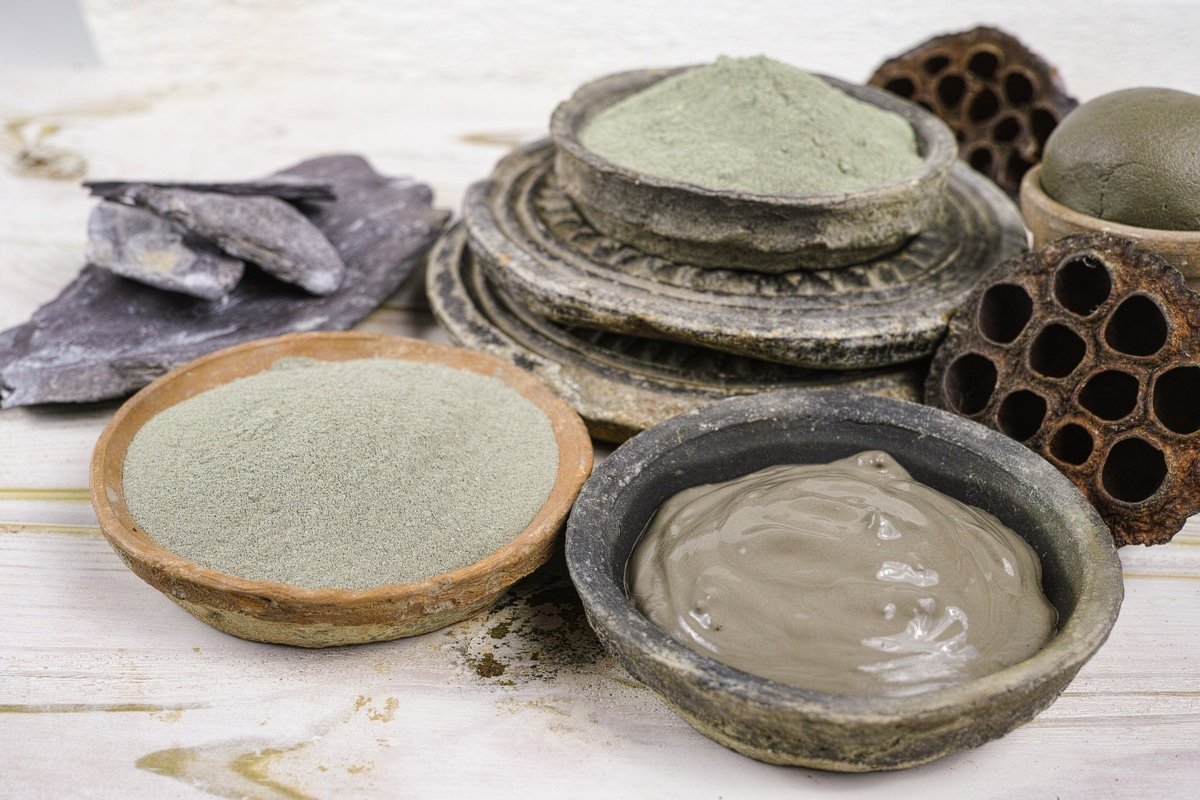
Conclusion
In unraveling the mystery behind the word “kaolin,” we discover a substance deeply woven into the fabric of human history. From ancient Chinese rituals to modern technological marvels, kaolin’s journey is one of versatility, adaptability, and continuous evolution.

